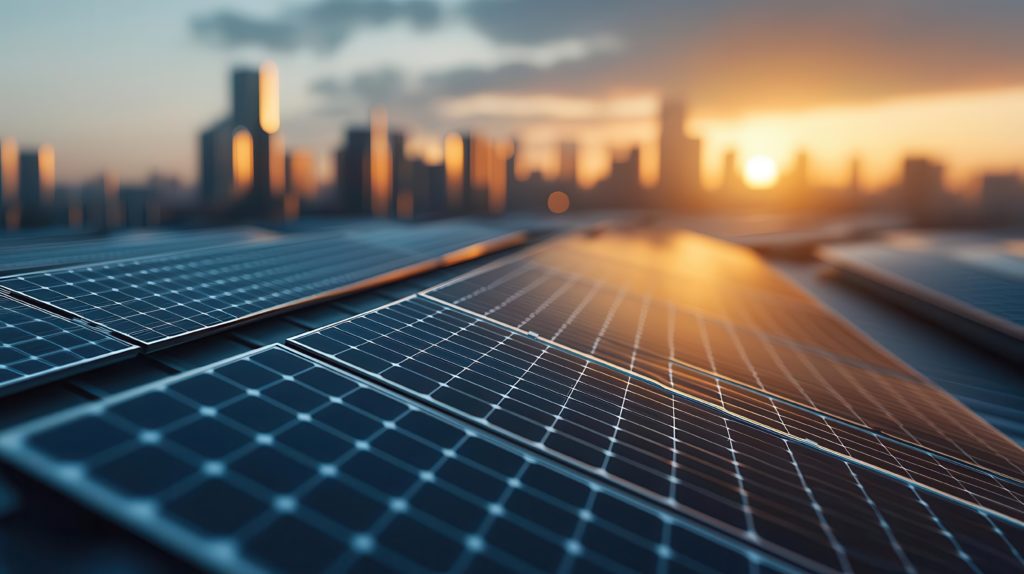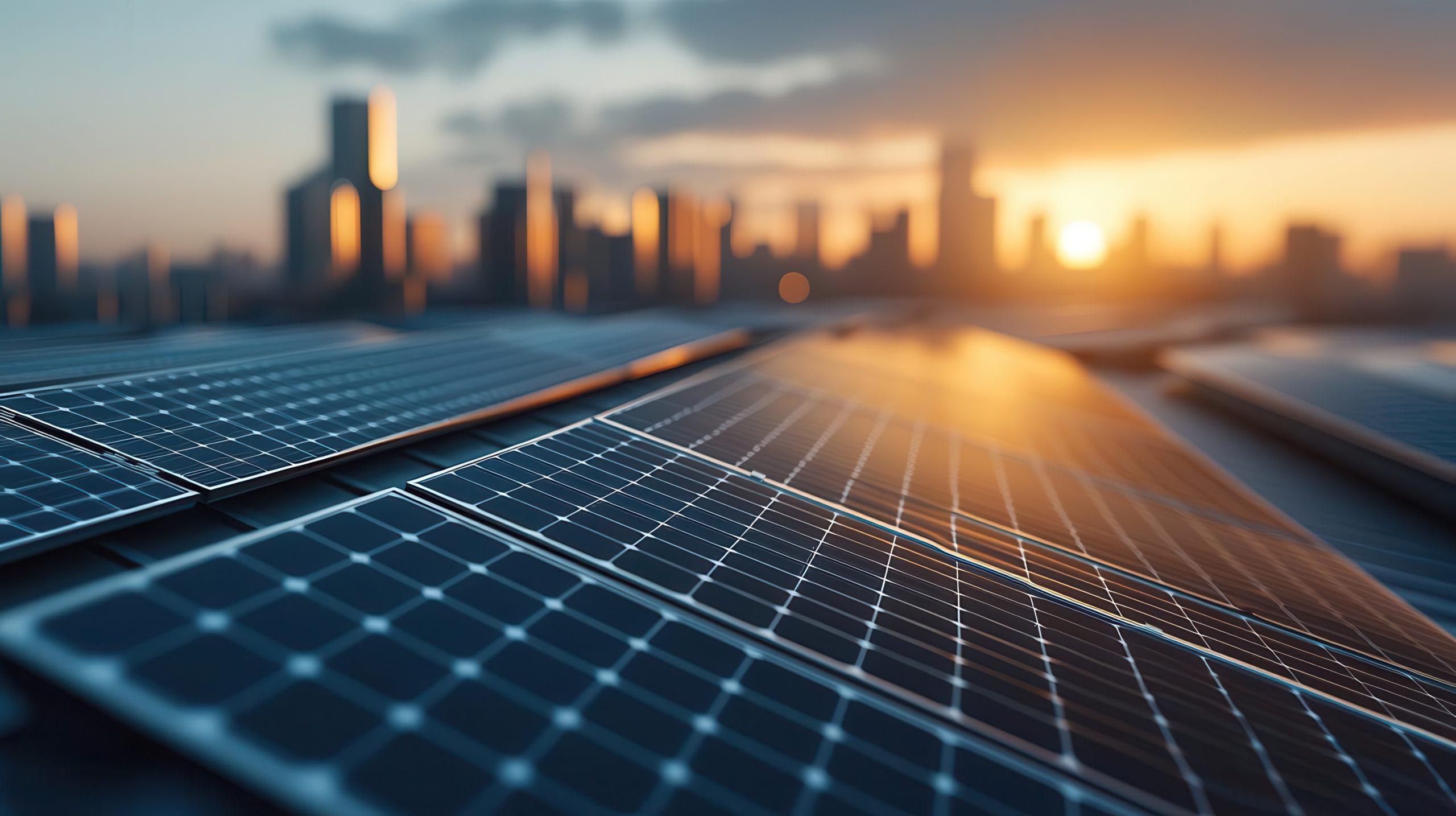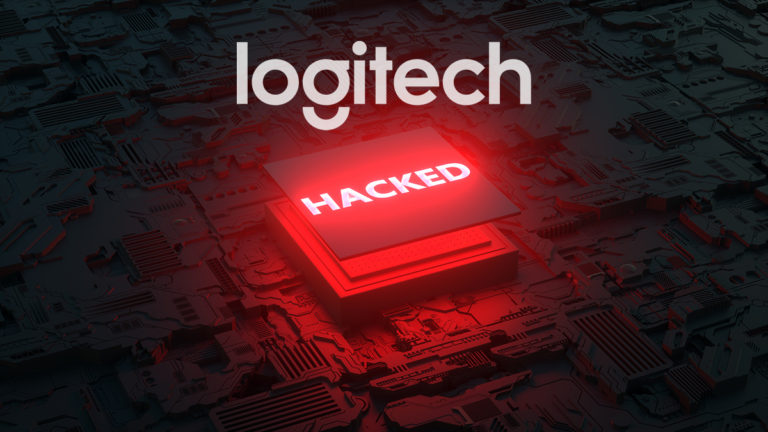Forescout’s Vedere Labs has identified 46 vulnerabilities in solar inverters—devices that convert energy from solar panels into usable electricity for the grid. These inverters, manufactured by Sungrow, Growatt, and SMA, are widely deployed in residential, industrial, and utility-scale installations.
The flaws include remote code execution, insecure APIs, hardcoded credentials, IDOR (insecure direct object reference), and stack overflows. In many cases, attackers can remotely control inverters via cloud portals, switching them on or off, altering energy production parameters, or launching denial-of-service attacks. The risk is compounded by the fact that many of these systems are internet-connected and centrally managed.
Expert Analysis:
The most alarming aspect of this discovery isn’t the number of vulnerabilities, it’s the attack potential. These are not just isolated bugs in consumer devices; they are systemic weaknesses in critical energy infrastructure. If exploited at scale, a coordinated attack could simultaneously shut down thousands of solar inverters, drastically reducing power input during peak demand.
This isn’t about theoretical scenarios: it’s a blueprint for weaponizing the green energy transition. With control over these inverters, attackers could unbalance supply and demand, damage grid stability, and trigger cascading failures without touching a power plant.
Read the full article here.




